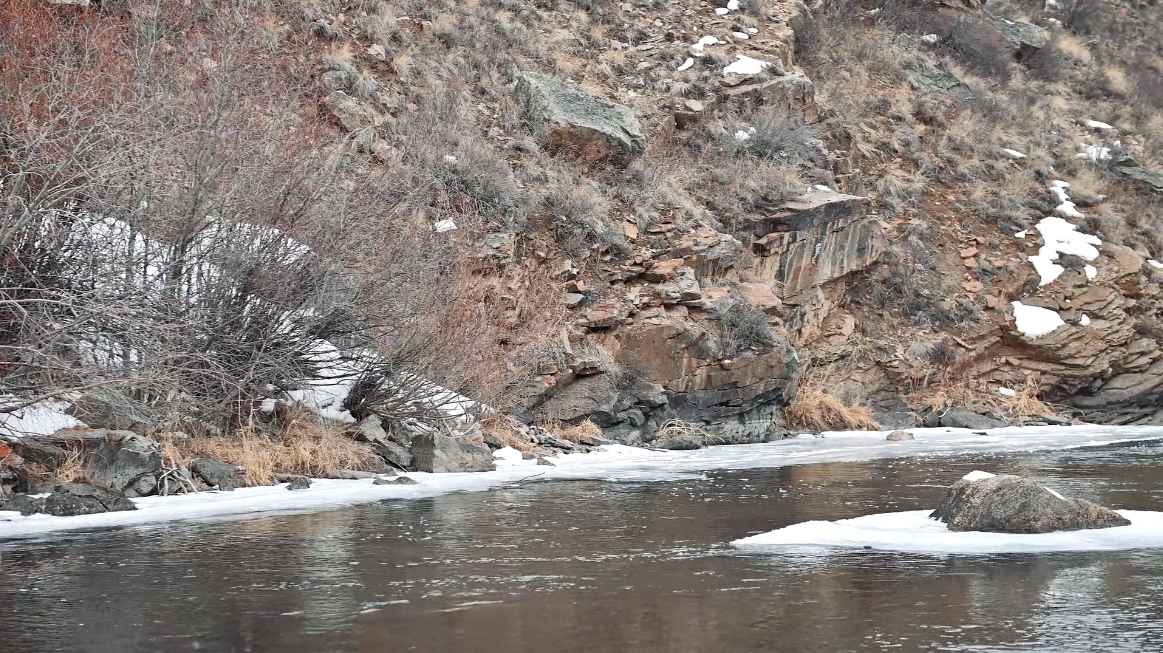Not all trout water is created equally—particularly in winter.
As Umpqua’s Russ Miller points out below, there are different holding lies for trout in the dead of winter. Trout aren’t likely to spend as much time moving about and chasing food as they are in secure, deeper waters where food is essentially delivered to them by the current.
As Miller wisely breaks down trout water into A, B and C stretches, remember to do as much fishing with your eyes as you do with you fly rod and your double-nymph winter rig. Spotting fish feeding can turn “C” water into “A” water in the event of a lively midge hatch, or, on warmer winter days, a Blue-winged Olive hatch (these bugs hatch all winter long—we’re just not out there enough to notice).
Winter fishing can be really good, but usually it requires more patience and more time to effectively reach quality holding locales for trout in really cold water. This video will give you a good idea how to approach the river and the quality of the holding water you’re about to fish.
— Chris Hunt



